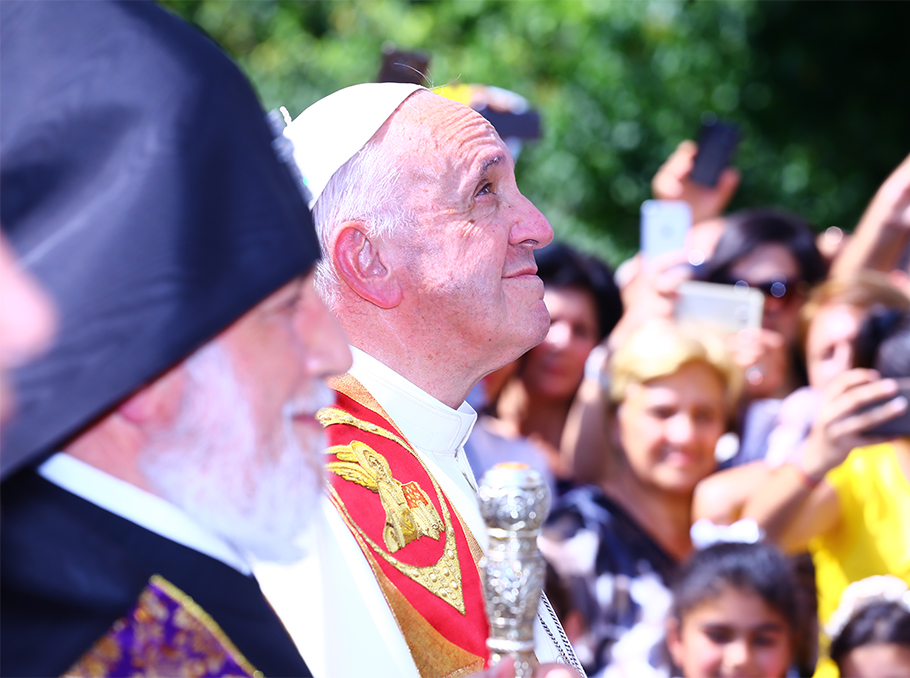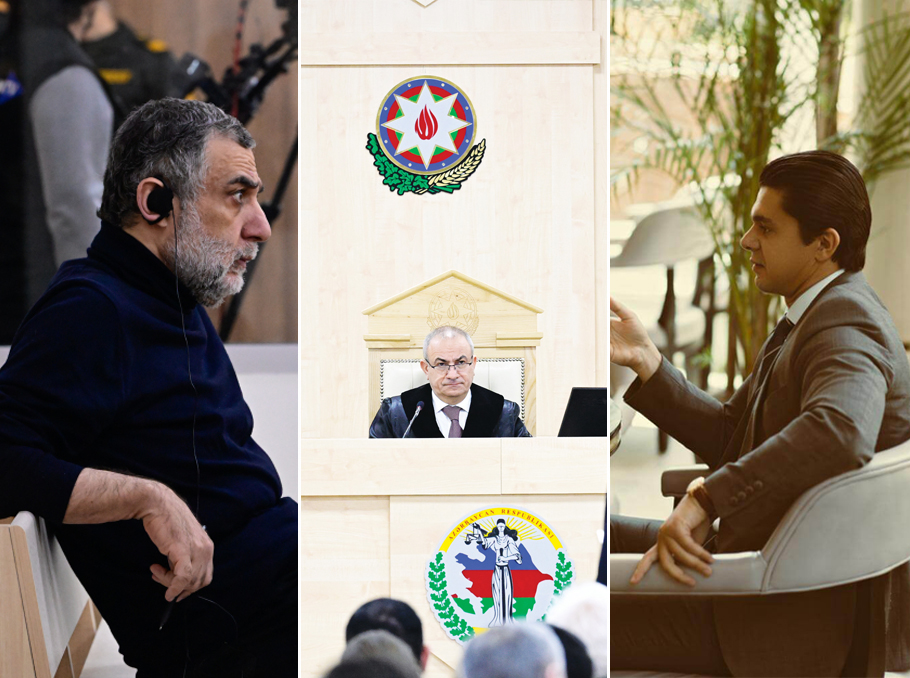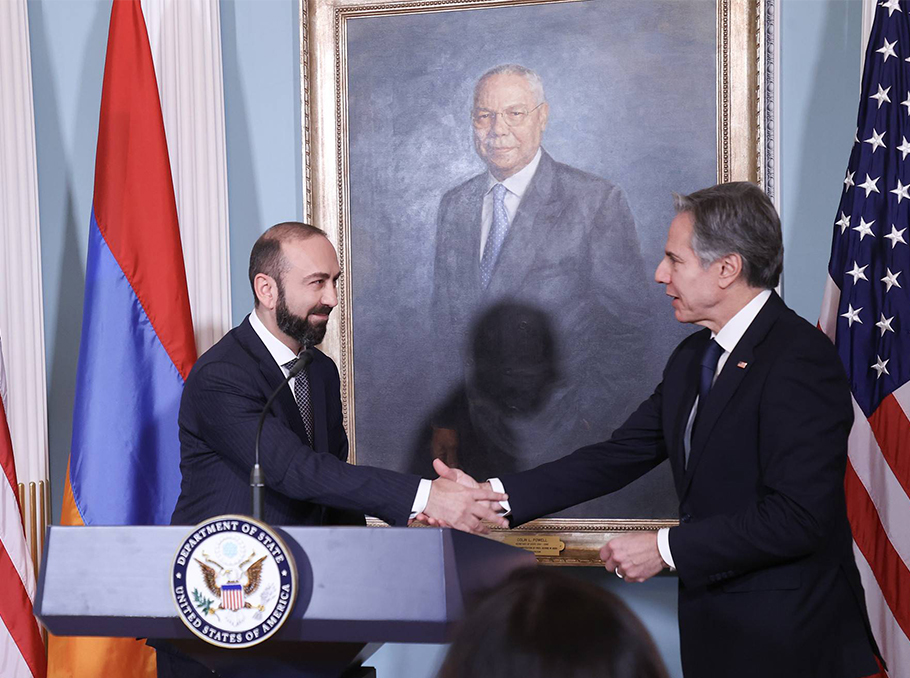This time the Key section reflects on the history of establishment of Operation "Nemesis" aimed at the punishment of the perpetrators of the Armenian Genocide.
1. What is “Nemesis?”
“Nemesis” was an operation, which aimed to punish the leaders of the Young Turks who perpetrated and implemented the Armenian Genocide in 1915 as well as perpetrators of the Baku Pogrom – the massacre of Baku Armenians in 1918.
2. When and how was “Nemesis” conceived?
After Turkey was defeated in World War I, the leaders of the Young Turks fled to Germany. On December 16, 1918, a suit was brought against them – Talaat, Enver, Nazım, Djemal and their accomplices were accused of drawing the Ottoman Empire into war and organizing the deportation and massacre of Christians (Armenians). The court pronounced a death penalty for four out of the 31 accused – Talaat, Enver, Djemal and Nazim.
In order to execute the sentence of the criminals who escaped it, the Armenian Revolutionary Federation (ARF) established “Nemesis.” At its 19th General Assembly in Yerevan, ARF singled out 41 out of the 650 criminals. A responsible authority led by special Ambassador of Armenia to the United States Armen Garo and a special fund headed by Shahan Satchaklyan were set up to carry out Operation “Nemesis.” Shahan Natalie and Grigor Merjanov stood accountable for the operational management and the logistics of the operation.
3. Which sentences were executed?
- Berlin, March 15, 1921 – Soghomon Tehlirian assassinated principal perpetrator of the Armenian Genocide Talaat Pasha.
- Rome, December 5, 1921 – Arshavir Shirakian killed head of the first office of the Young Turks Said Halim.
- Berlin, April 17, 1922 – Arshavir Shirakian and Aram Yerkanian assassinated Cemal Azmi, who had ordered to drown 15 000 Armenian children in the sea, as well as Behaeddin Shakir.
- Tiflis, July 22, 1922 – Petros Ter-Poghosyan and Artashes Gevorgyan killed Minister of the Navy Djemal Pasa.
- May 31, 1920 – One of perpetrators of Baku Pogrom in 1918 Nasib Yusifbeyli was killed.
- June 19, 1920 – Aram Yerkanian assassinated former Prime Minister of Azerbaijan Fatali Khan Khoyski.
- Tiflis, July 19, 1920 – Aram Yerkanyan killed Hasan bey Aghayev, one of the main figures accountable for the massacres of Shushi and Baku Armenians.
- July 18, 1921 – Misak Torlakian assassinated Behbud Khan Javanshir, Minister of Internal Affairs of Azerbaijan.
Three traitors – Mkrtich Harutyunyan, Vahe Ihssan (Yesayan) and Adur Yasyan were also killed during Operation “Nemesis.”
4. The execution of which sentences failed?
-The list of Operation “Nemesis” included the names of former War Minister Enver Pasha and Secretary General of Committee of Union and Progress Nazim Bey. The members of Operation “Nemesis” failed to assassinate them.
Enver had fled to Central Asia from Germany. He was assassinated by Armenian Commander of Red Army Hakob Melkumov in Tajikistan in 1922.
Nazim was sentenced to death in Turkey. He was accused of attempting to assassinate Mustafa Kemal Ataturk.
5. What caused Operation “Nemesis” to discontinue?
In 1922, the governments in exile of Armenia, Georgia and Azerbaijan signed “Prometheus” bill of joint struggle against Bolshevism and the ARF Bureau decided to discontinue Operation “Nemesis.”
This decision was not unanimously accepted and came to be known as “most embarrassing” in the history. Years later Shahan Natalie suggested restoring Operation “Nemesis,” but his proposal was rejected. He established “Western Armenian Liberation Alliance” in Paris.
Mari Taryan





























Comments
Dear visitors, You can place your opinion on the material using your Facebook account. Please, be polite and follow our simple rules: you are not allowed to make off - topic comments, place advertisements, use abusive and filthy language. The editorial staff reserves the right to moderate and delete comments in case of breach of the rules.